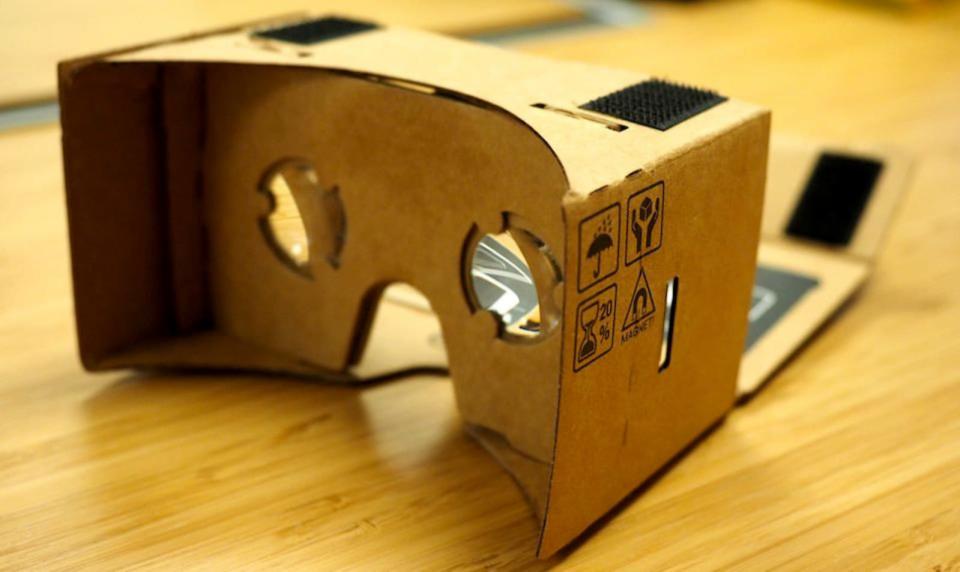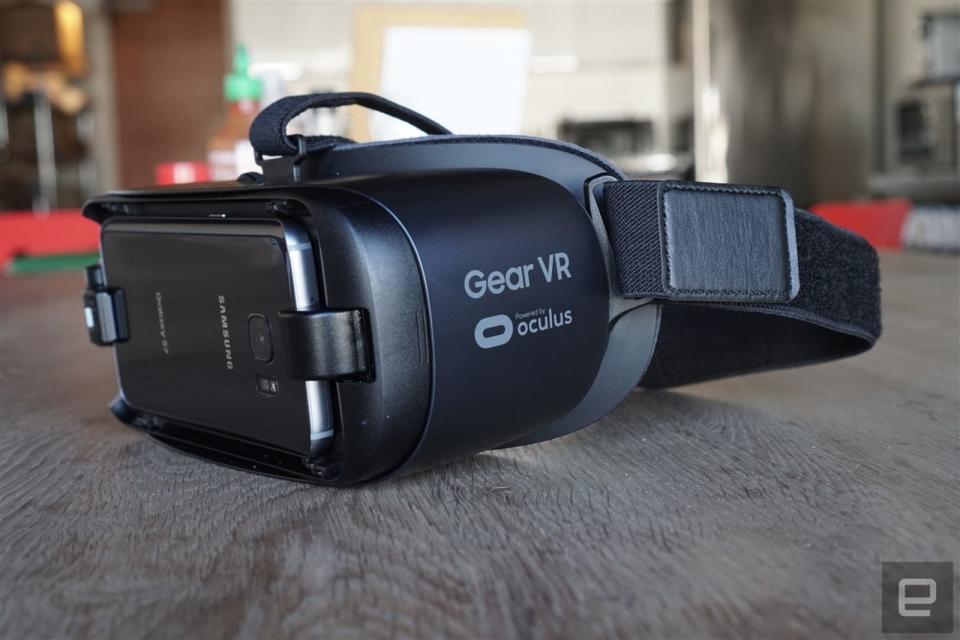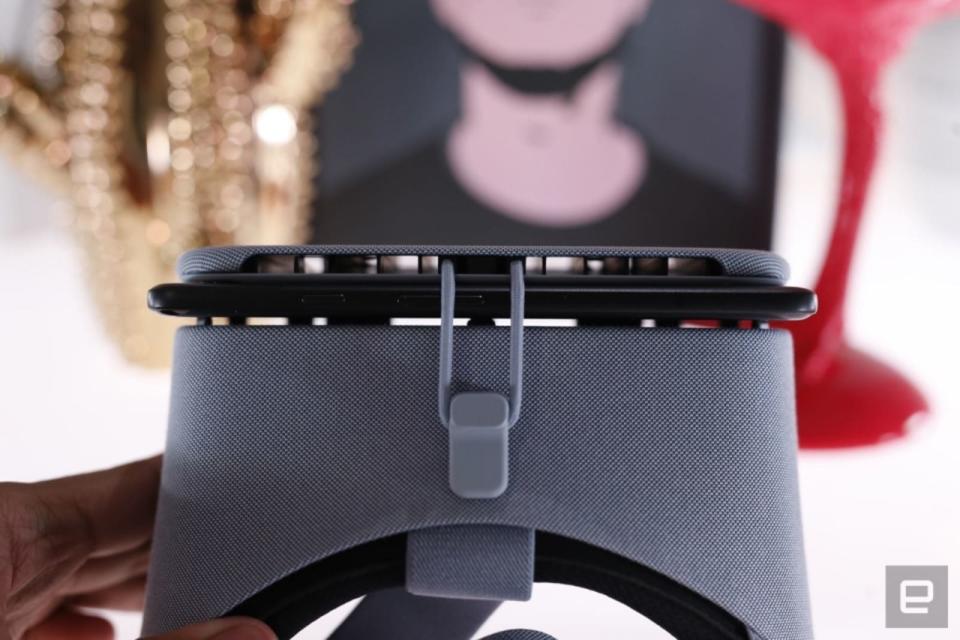The (Day)dream is over: Phone-based VR is well and truly dead
With both Google and Samsung effectively abandoning phone-based VR, it's time to bid it farewell.
When Google introduced Cardboard at I/O 2014, a lot of people thought it was a joke. A cardboard-based contraption that turned your phone into a primitive VR headset seemed more like a kid's science project than a serious endeavor. But Google's Cardboard was just the first in a long line of phone-powered VR. Samsung's Gear VR combined serious Oculus optics and tracking with its own Galaxy handsets, and Google later came up with its own "real" VR hardware with the Daydream View.
But now, it seems, the dream of smartphone-based VR is over. After Google's Pixel event yesterday, the company announced that its latest flagship smartphone will not be Daydream compatible. In addition, it's stopping the sales of Daydream View headsets entirely. In a statement, Google said that there "hasn't been the broad consumer or developer adoption" of Daydream that it had hoped, partially due to "clear limitations constraining smartphone VR from being a viable long-term solution." Namely, that when the phone is in VR headset, you no longer have access to the phone, which is a definite downside for a lot of people.
In a lot of ways, this has been a long time coming. The previous Pixel 3a and 3a XL don't work with Daydream either, and various companies have pulled support for the platform. In fact, Google appears to be backing out of VR in general. It also shut down its Spotlight Stories VR studio and Daydream's Play Movies and TV app. It wound down its Jump VR platform earlier this year as well.

Phone-based VR used to be seen as something of a gateway to "full" PC-based VR. At the time Cardboard and Gear VR debuted, proper VR headsets like the Oculus Rift and the HTC Vive were still a couple of years away. Even when they debuted, they had a price tag of $700 to $800 each. Combine that with a cost of a compatible PC, and virtual reality was, ironically, not realistic for most consumers. Phone-based VR, however, offered an affordable solution, and you could harness the power of the device you already have: your smartphone.
But phone-based VR also came with a whole host of issues. As Google stated, using your mobile in a headset means you could no longer use the phone, and it would drain your battery dry in the process. Additionally, headsets like the Gear VR only worked with one brand of phone -- just the Galaxy models -- which excluded a lot of people. Even the Daydream headsets were only compatible with a limited number of handsets. If you used an iPhone or you're the sort of person to switch out phones every couple of years, then getting a phone-based VR headset just didn't make sense.
Google isn't the only one stepping out of phone-based VR. Samsung appears to be backing away too, because the same fate seems to have befallen Gear VR. Though the S10 continues to be compatible with the headset via an adapter, the newest Note 10 is not. There also hasn't been an update to Gear VR or even mention of it at Samsung keynotes in years. To top it off, at the recent Oculus Connect 6 event, Oculus CTO John Carmack held a bit of a eulogy for Gear VR.

"I do think we missed an opportunity here," he said during the Day Two keynote. "I invested a whole lot of effort into it, and it's the foundation that we've built all the mobile things off the back of." He noted that Gear VR sold in comparatively huge volumes, at least compared to the Rift. But the tedious process of fitting a phone into the headset turned out to be a barrier to wide adoption.
The real harbinger of doom for phone-based VR is the arrival of standalone headsets. As Carmack said, they're just so much easier to use; just power them on and you're ready to go. Affordable options like the $200 Oculus Go make them a far more palatable choice for "gateway VR" devices than phone-based options. Carmack said that the company saw widespread adoption of the Go and that it's retaining just as many customers as the Rift.
And, if the Go isn't quite enough and you're willing to pay a little more, then the standalone Quest with its two 6DoF controllers and superior motion tracking is a great upgrade. Its powerful mobile processor lets you play desktop-quality VR games without having to cough up thousands more for a PC.

Yes, the internals aren't quite as powerful as modern smartphones, but smartphones also have to do a lot of other tasks, like checking email and pinging you whenever you get a new Instagram follow. Devices like the Quest, on the other hand, are dedicated to doing just one thing, and it won't need quite as much oomph. Putting a phone that's busy being your phone inside a VR cradle is never going to offer the same level of experience as something like the Quest can.
With both Google and Samsung effectively abandoning phone-based VR, it's safe to say that it is dead. Much like how PDAs were eventually replaced by the smartphone, standalone headsets have now made phone-based VR obsolete. But hey, if you really miss the days of cardboard-based VR and you happen to have a Nintendo Switch, there's always the Labo VR kit to feed your nostalgia.


